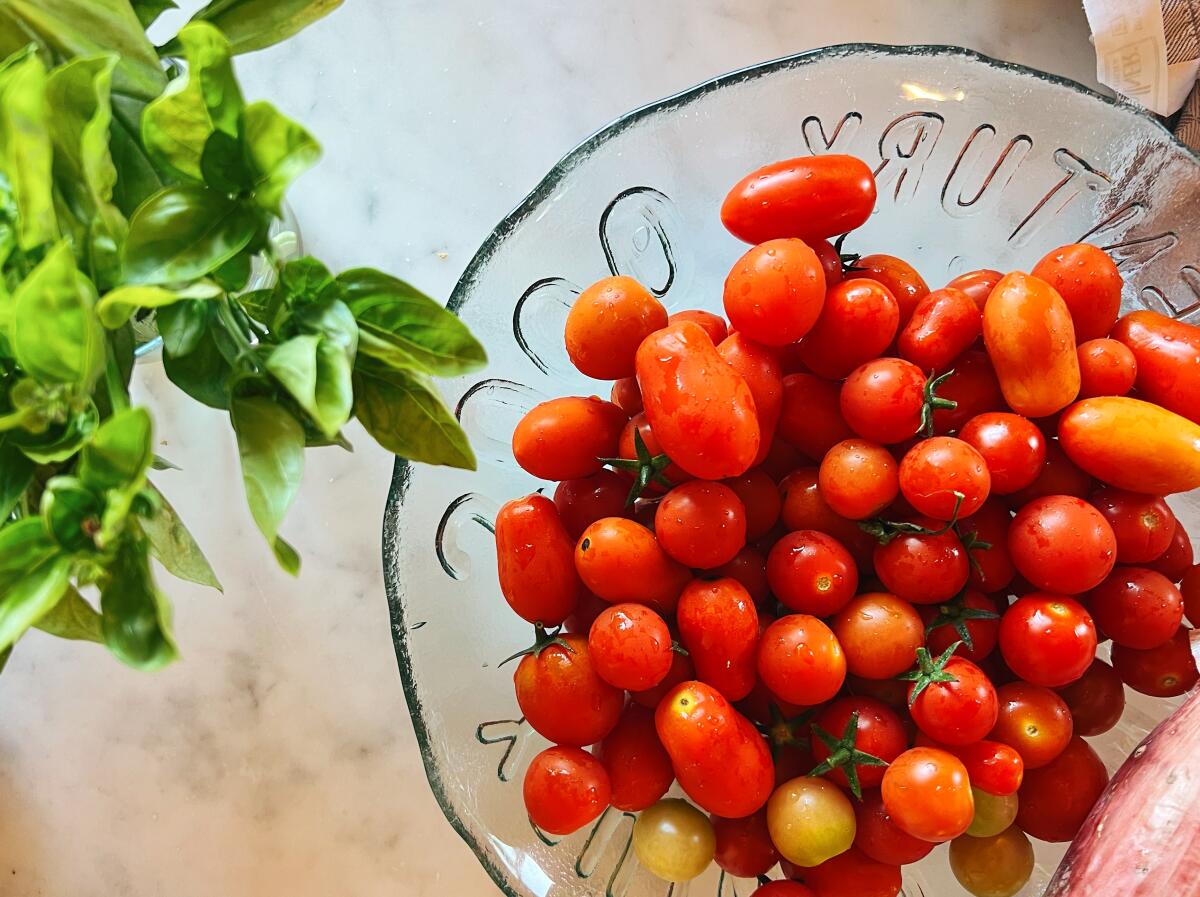A Word, Please: It’s not easy on the experts when grammar rules fall out of favor

- Share via
Chaise longues — those reclining full-length chairs that beckon you to the beach — are making me nostalgic. Not for days when I had more free time and closer proximity to the ocean, but for days when all the editing rules I learned were still relevant. Editing rules like: It’s chaise longue, not chaise lounge.
The nostalgia hit me recently when I read this sentence about digital nomads in the New York Times Magazine: “Then, from a chaise longue on the beach, they can register a business with the tap of a button.”
Outside the New York Times, “longue” sightings are rare these days. More and more, I see “chaise lounge” instead. That’s not necessarily a problem. But when you’re a longtime copy editor who once believed that editing rules were universal and people who knew them were uniquely valuable, it’s hard to let go.
Apparently, some editing bigwig at the New York Times feels the same way. “Chaise longue” appears in their pages about three or four times a month. The only recent instances of “chaise lounge” appear in the proper name of some product that spells it that way.
This can get a little awkward, like in the Times’ 2019 article “Shopping for a Chaise Longue” that lists five chaise longues named “chaise lounge,” sometimes with both spellings appearing in the same sentence. It’s the kind of tug-of-war between old and new that we editors see a lot.
Take “healthy,” for example, back when I was new on the job, editors were nearly unanimous in insisting that “healthy” means a state of good health and that only “healthful” can mean “promoting good health.” So when we saw something like “Eat a healthy diet,” it was our job to change that to “eat a healthful diet.”
No one’s on board with that rule anymore. The Associated Press Stylebook lets you use “healthy” to mean “health-promoting,” as do dictionaries. Even those traditional New York Times editors must agree, as evidenced by the Aug. 2 headline “How Healthy Are Tomatoes?” As you can guess, the article wasn’t about whether tomatoes themselves were feeling spry and running marathons. It was about tomatoes’ health-promoting effects, and it doesn’t use the word “healthful” even once.
Having grown up in a time when casual speakers never used the stuffy-sounding “healthful,” I’ve always been fine with using “healthy” this way. But I’m still a little wistful that my once-relevant morsel of editing wisdom, which apparently was a throwback to the 1800s, is now useless.
I’m not so accepting about the status of “champing at the bit.” We use this term to mean someone’s very eager to do, get or see something. Like “Bob’s champing at the bit to get that promotion.” The “bit,” of course, is a reference to the metal mouthpiece in a horse’s bridle. Ever see a movie with spirited horses seemingly gnashing their teeth to be allowed to run free? That’s champing at the bit. And as a young editor and young horse enthusiast before that, I was taught in no uncertain terms that horses champ. Here’s Merriam-Webster’s definition of the intransitive verb: “1. to make biting or gnashing movements, 2. to show impatience of delay or restraint — usually used in the phrase champing at the bit: ‘he was champing at the bit to begin.’”
But of course, horses chomp, too. And though chomping is more about eating and champing is more about gnashing, it’s a blurry line, which is why AP style allows followers to choose either “champing at the bit” or “chomping at the bit.”
Another “I used to know” to file under “No longer relevant.”
June Casagrande is the author of “The Joy of Syntax: A Simple Guide to All the Grammar You Know You Should Know.” She can be reached at JuneTCN@aol.com.
All the latest on Orange County from Orange County.
Get our free TimesOC newsletter.
You may occasionally receive promotional content from the Daily Pilot.



